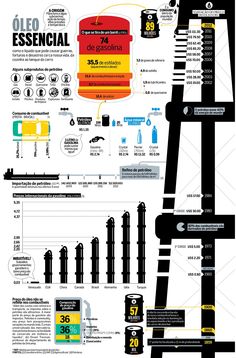
We also highlight some recent advances for the modeling, design, and synthesis of intensified systems, as well as for the assessment of their controllability/operability/safety performance. An indicative list of PSE publications specialized on process intensification is presented to illustrate the progresses made so far towards the deployment of novel process intensification technologies. A current status analysis in the areas of modeling and simulation is then provided. From both academic and industrial perspectives, this paper provides an overview of the development of various process intensification technologies, specifically those under the categories of separation, reaction, hybrid reaction/separation, and alternative energy sources. Maintaining profitability in the chemical and process industry requires a sustained focus on operational excellence and innovation. This review article aims to offer an extensive survey on state-of-the-art process systems engineering (PSE) approaches for process intensification. These findings, along with an overview of how elements of this approach are being developed and integrated within undergraduate chemistry courses, will be presented and discussed.Process intensification offers the potential to drastically reduce the energy consumption and cost of producing chemicals from both bulk and distributed feedstocks. The findings, supported by student quotations, provide a rich picture of how students can progress through successive levels of skill development in process simulation, forming a proposed learning model for process simulation pedagogy.
CHEMICAL PROCESS MODELING TOOLS SOFTWARE
Furthermore, as the students developed and became more advanced users of the process simulation software they began to demonstrate a clear desire to understand more about underlying principles, in line with the Dreyfus and Dreyfus five stage model of skill acquisition. The learning process was observed to occur in distinct phases, which are linked with various stages of skill acquisition and cognition. Interview responses were examined in detail using a template analysis, which revealed several key themes. These data sources were used to explore the student experience and reveal how students engaged with the learning process. ProSim simulators are used to improve process design, increase plant efficiency and reduce. The teaching approach was evaluated for a cohort of first year chemical engineering students, with the evaluation drawing on tutor observations, online survey responses and interviews with students. Process simulation is the key discipline of chemical engineering. The work presented here describes a methodology for teaching process simulation that utilises video-enhanced and exploratory-based learning.
CHEMICAL PROCESS MODELING TOOLS HOW TO
One potential barrier holding back coherent teaching of process simulation is the unwillingness of faculty members to learn how to use new software, while another concern is that students are able to solve problems using the simulator without really understanding what is going on.

Software for performing such simulations is often featured within chemical engineering undergraduate courses but is less common in chemistry programmes. The simulation of chemical plants is of great importance for the successful design and operation of many large-scale industrial processes. In particular, the Research Group pursues the development of novel mathematical tools for the optimal design and control of systems under uncertainty. Metadata only available from this repository. In: Variety in Chemistry Education and Physics Higher Education Conference 2017, 24th-25th August 2017, York, UK. Developing competence with process simulation tools in undergraduate chemical engineering and chemistry programmes.


 0 kommentar(er)
0 kommentar(er)
